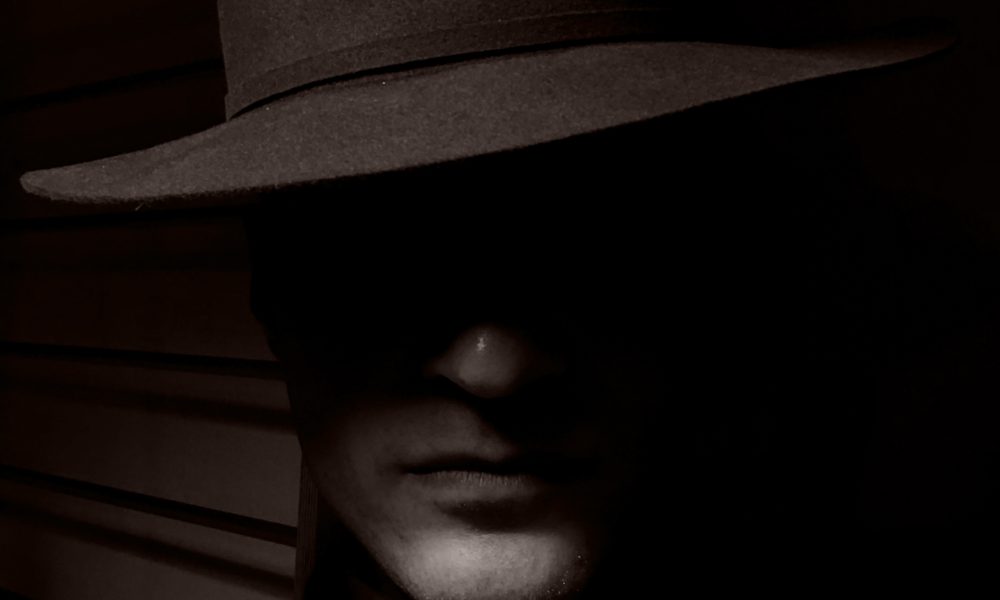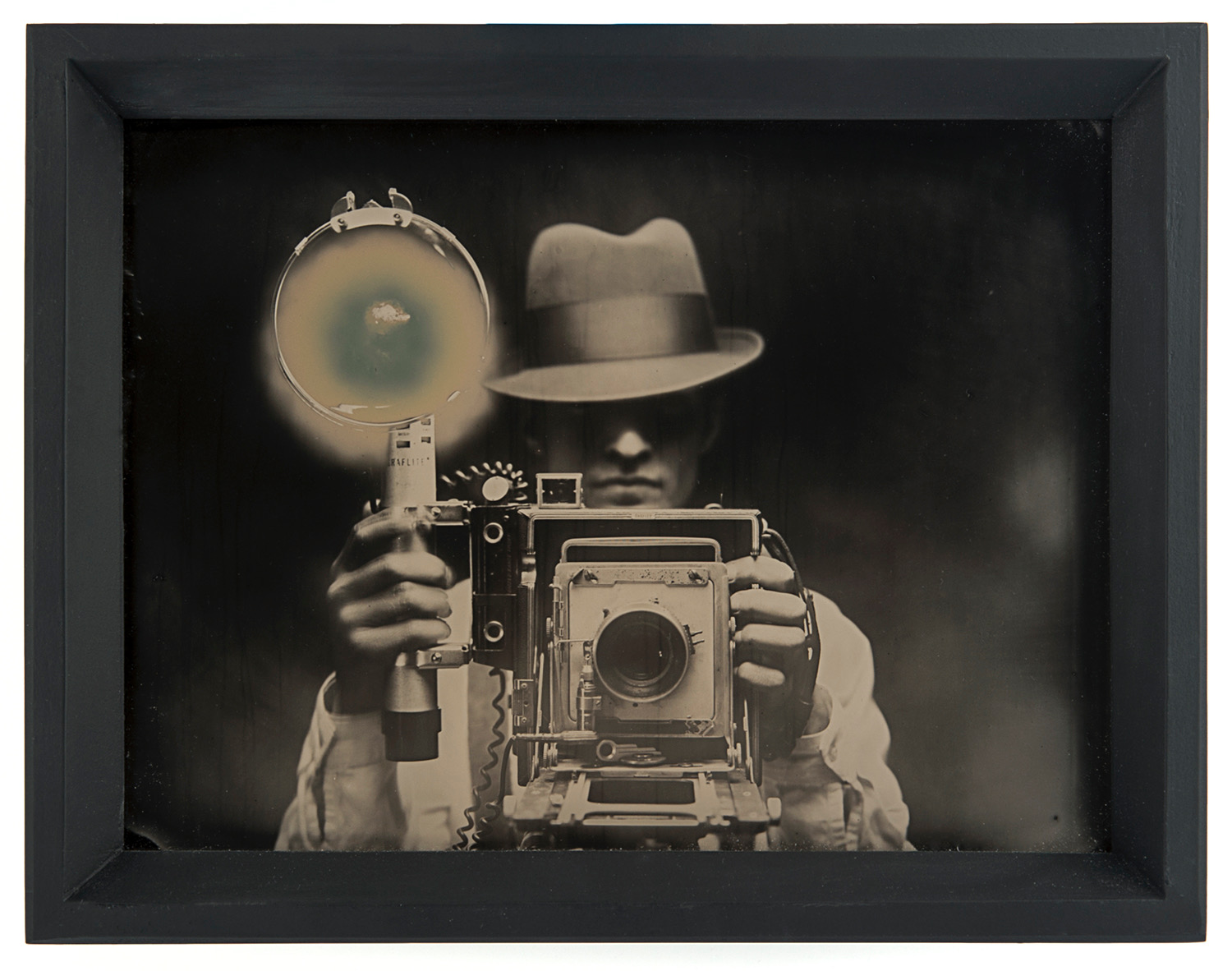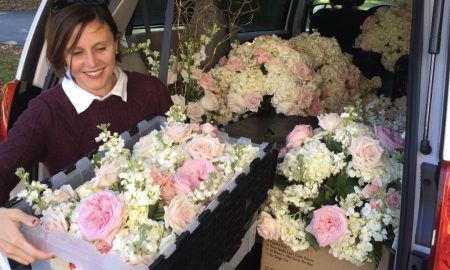

Today we’d like to introduce you to Addison J. Brown.
Every artist has a unique story. Can you briefly walk us through yours?
My fascination with film has always played a significant role in both the questions and revelations that inspire me as a maker. As a young moviegoer I remember the occasions where I wasn’t enthralled with the movie I was watching but rather a singular dust beam of light, flickering in accordance with the screen. As I traced the light back to its origin, it disappeared into a small rectangle in a black wall. Perhaps when the movie wasn’t enough to hold my interest, the production of the image and its mystery did. The films that capture my full attention are those that leave resolve in the hands of the viewer. This realization has informed my creative life. I show but do not tell. By using elements of performance and often requiring an action from the viewer, my work explores themes of identity, nostalgia and confrontation. I am moved by the photograph’s ability to preserve mystery and I recognize this quality as the ultimate inspiration for me as a maker.
Please tell us about your art.
I primarily work in photography. With that said, I always seek to make something that I don’t know how to make. It’s the problem solving and the development of new skills to produce an image that motivates me. I usually work with hands-on photographic processes of antiquity and add in techniques of woodcraft and metalsmithing. The goal of anything I make is to get viewers involved either physically with an object and mechanism or conceptually with the narrative and piecing together a story. The movie theater is how I established a relationship with photography.
I grew up to love films that don’t spoon-feed me every bit of information for the sake of feeling involved with the content. Eventually, I learned to love still photography for a similar reason – It’s ability to preserve mystery and challenge the viewer to determine what it’s all about. In my latest and ongoing body of work, Suspension of Disbelief, I aimed to come to terms and better understand what I loved most about making and viewing images while considering my love for cinema. The title, Suspension of Disbelief, is a theory from Samuel Taylor Coleridge before the age of photography but remains applicable. It pertains to how we willingly forgo our ability to discern fact from fiction to participate and be entertained. In this body of work, I photographed multiple subjects, of whom I am accused by many of being, in a series of portraits. The cornerstone of this whole project is a piece called Legerdemain. It is a hand-built 1051 photograph Mutoscope. A Mutoscope is an early motion picture device of the late 19th century. It is essentially a giant flip book made up of photographs on a round wheel.
The user looks into the eyepiece, turns a crank and rotates the wheel of photographs making a motion picture as the pictures flip through one by one. At any moment, the viewer can stop and look closely at a still image. In the effort to digest the film that the photographs make, the functions that the viewer perform are seemingly autonomous. Much is the same for cinema. I want my work to celebrate physically and cognitively active viewership.
We often hear from artists that being an artist can be lonely. Any advice for those looking to connect with other artists?
I certainly value my friendships and acquaintances with other artists but I also recognize the importance of speaking with non-artists. I suppose my advice would be if you feel lonely as an artist is to muster the courage to reach out to someone that isn’t an artist and speak with them about your work and attempt to connect on some level. From experience, it doesn’t always go well but I find that I always learn something. Having to explain your practices as an artist and interest in art from scratch is good practice. A lack of understanding in a person should be expected with lack of experience. But a lack of will to understand is something else entirely. Without the will to relate, everything that we do as artists will always be esoteric or non-relatable to someone and there will never be a reason for any artist to breach spheres with a non-artist. Having people to talk to about artwork, whether it be your own or another artist’s, is an important asset to have to keep the mind cycling.
How or where can people see your work? How can people support your work?
I currently have work on exhibition at the Lonsdale Gallery in Toronto, Canada until the 29th of June and at Candela + Books Gallery in Richmond, Virginia from July 6th to August 4th. Some of my work is available on my website at www.addisonjbrown.com. Occasionally, I will post limited sales of objects I make on Facebook and Instagram. I also do commission work as well and respond to inquiries at studio@addisonjbrown.com
Contact Info:
- Website: www.addisonjbrown.com
- Email: studio@addisonjbrown.com
- Instagram: https://www.instagram.com/addison_j_brown/
- Facebook: https://www.facebook.com/addisonjarvisbrown






 Image Credit:
Image Credit:
Addison J. Brown
Getting in touch: BostonVoyager is built on recommendations from the community; it’s how we uncover hidden gems, so if you know someone who deserves recognition please let us know here.

















